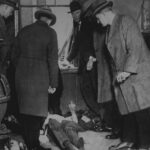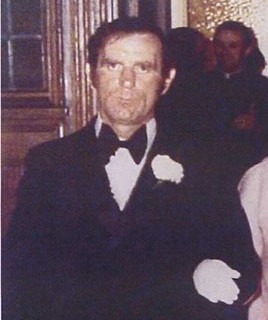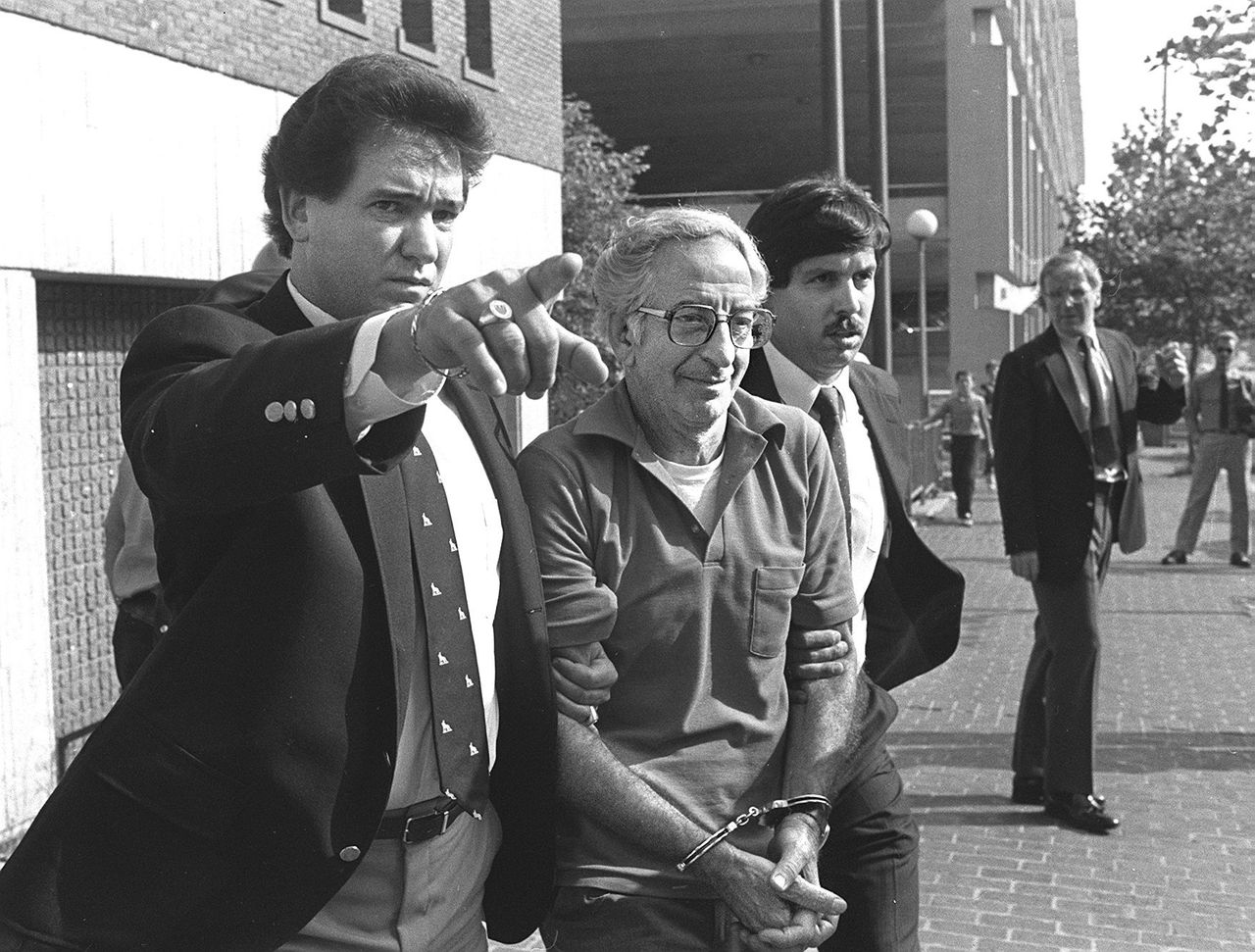Egan’s Rats were an organized crime gang that had a considerable amount of power in St. Louis, Missouri from 1890’s until 1924. The gangs criminal activity included bootlegging, labor slugging, voter intimidation, armed robbery, and murder.
Although they were an Irish-American, Egan’s Rats did include a few Italian-Americans and Jewish immigrants, most notably Max “Big Maxie” Greenberg.
Egan’s Rats were founded in 1890 by Thomas “Snake” Kinney and Thomas Egan, two toughs who lived in the tough “Kerry Patch” neighborhood of St. Louis. The Rats started out as pickpockets, burglars, and armed robbers. They also aided the Democratic Party by intimidating voters at polling places on Election Day.
By 1904, Egan’s Rats was the most powerful street gang in St. Louis. Their main rival at this time were the violent Bottoms Gang from the Twenty-second Ward in the city. The Bottoms Gang thought they were so powerful that they made the mistake of assaulting police officers and were soon forced out of existence.
Ruthless killers, the Egans Rats were willing to assassinate anyone, regardless of the consequences. On June 7, 1909, the Rats murdered a rival gangster Fred “Yellow Kid” Mohrle in the Four Courts Building while he was on trial for killing Egan gangster Sam Young. This led to repercussions and one of their own, John “Bad Jack” Barry was shot and killed.
By 1912, Egans Rats had about 300 to 400 men in the gang who were virtually untouchable, the murder of mechanic Fred Hesse underscored the Rats’ blatant gangsterism. On November 7, 1913, dozens of witnesses saw Deputy Constable Harry Levin shoot and kill Hesse in front of 2647 Olive Street. Fred Hesse was suspected to have “snitched” on the Rats over a $15,000 railroad swindle. Despite the fact that numerous people saw the unprovoked murder, Levin was acquitted on April 23, 1914.
Tom Egan died of Bright’s Disease on April 20, 1919. Thomas “Snake” Kinney died from Tuberculosis a few years previous. The leadership of the gang was passed to Egans younger brother Willie, though Willie could not command the same respect as his older brother which led to turmoil and a revolt from the younger members of the gang. By 1921 disputes within the gang boiled to the surface, Willie Egan tried to have Max Greenberg killed, the attempt failed and Greenberg defected to the Hogan gang. On October 31, 1921, Willie Egan was gunned down in front of his Franklin Avenue saloon. The Hogan Gang were considered to be the likely suspects.
With Willie Egan dead, William “Dint” Colbeck took over Egan’s Rats. Colbeck was a former World War I infantryman, Colbeck led Egan’s Rats against the Hogans. Shootings soon started in the city with gangsters and innocent bystanders being killed on the streets. The first order of business was tracking down Willie Egan’s murderers. According to Dint Colbeck, James Hogan, John Doyle, and Luke Kennedy had been paid $10,000 each to kill Egan.
After a lot of shooting and murder public outrage at reached a fever pitch by the spring of 1923, the Rats forced the battered Hogan Gang to sign a peace treaty.
In 1924, Egan’s Rats would suffer a crushing blow. Fearing for his life, imprisoned gang member Ray Renard started cooperating with federal prosecutors. On November 15, 1924, Colbeck, Louis “Red” Smith, Steve Ryan, David “Chippy” Robinson, Oliver Dougherty, Frank Hackethal, Charles “Red” Lanham, Gus Dietmeyer, and Frank “Cotton” Epplesheimer, were convicted of mail robbery and sentenced to 25 years imprisonment.
Through its history the Egans Rats had some formidable members in its ranks, notably Fred “The Killer” Burke, Pete and Thomas “Yonnie” Licavoli who both founded the River Gang in Detroit, Thomas “Snake” Kinney had served as the Fourth Ward’s delegate in to the Missouri House of Delegates and later served in the Missouri State Senate.
Sources:
Egan’s Rats: The Untold Story Of The Gang That Ruled Prohibition-era St. Louis.

























